Shamkir 2019 Round 4: Anand teaches how to handle a premature flank attack
Early flank attacks in the opening are quite stressful to handle if you are unprepared. Especially if you are facing a player like Ding Liren, who usually does his homework in great detail. Vishy Anand had the unpleasant task of finding the most accurate way to wriggle out of Ding Liren's preparation. And the Indian GM did so with great ingenuity and resourcefulness. In this report, we show you how in spite of being outprepared in the opening Anand managed to keep his cool and fend off the attack. The other interesting game of the day was Mamedyarov against Navara. The Czech No.1 was on course for victory when a very subtle endgame mistake made him split the point. We analyze all of this and more in our round 4 report from Shamkir Masters 2019.
We want to take you a couple of months back in time. Round 7 of Tata Steel Chess in Wijk Aan Zee. Vidit was playing with the black pieces against Teimour Radjabov.
Radjabov vs Vidit
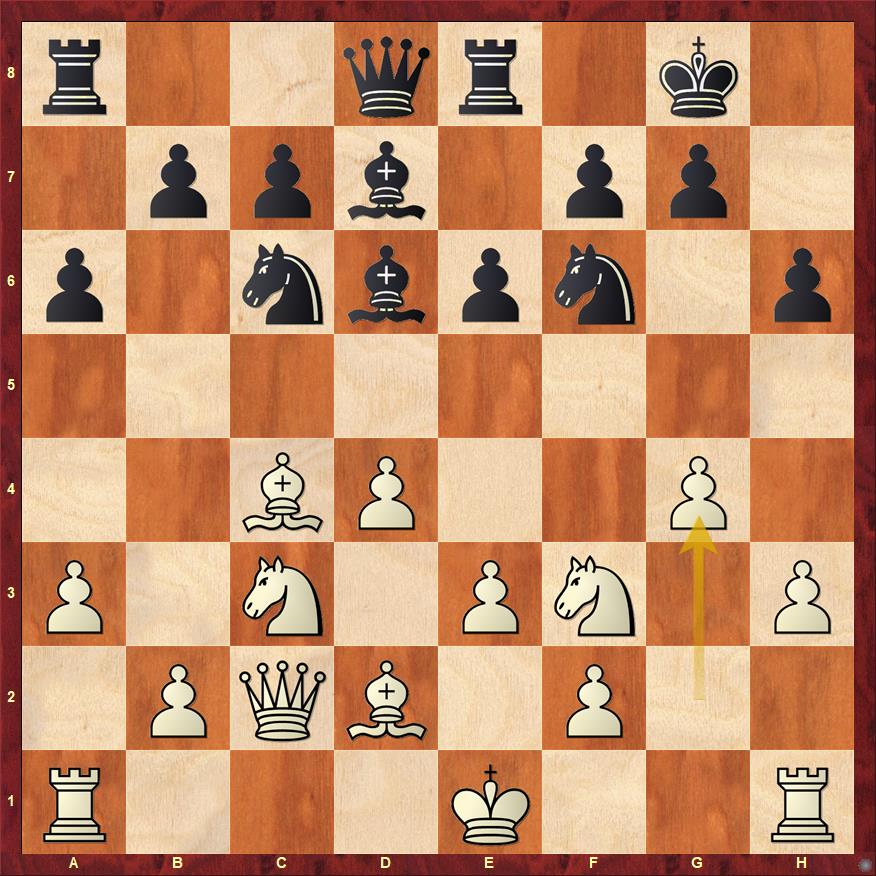
When Teimour played the move g4, he immediately signalled his intentions. He wanted to checkmate Vidit's king. Such pawn thrusts are objectively not so strong but their practical value in a game is immense. Especially because your opponent is caught unaware. Vidit played a wonderful event at Wijk Aan Zee, but in this game he was completely outplayed. You can hear Vidit himself speak about how uncomfortable he felt in the opening after this move g4. Here's the video.
Now let's come to 3rd of April 2019. Vishy Anand was facing Ding Liren.
Ding Liren vs Vishy Anand
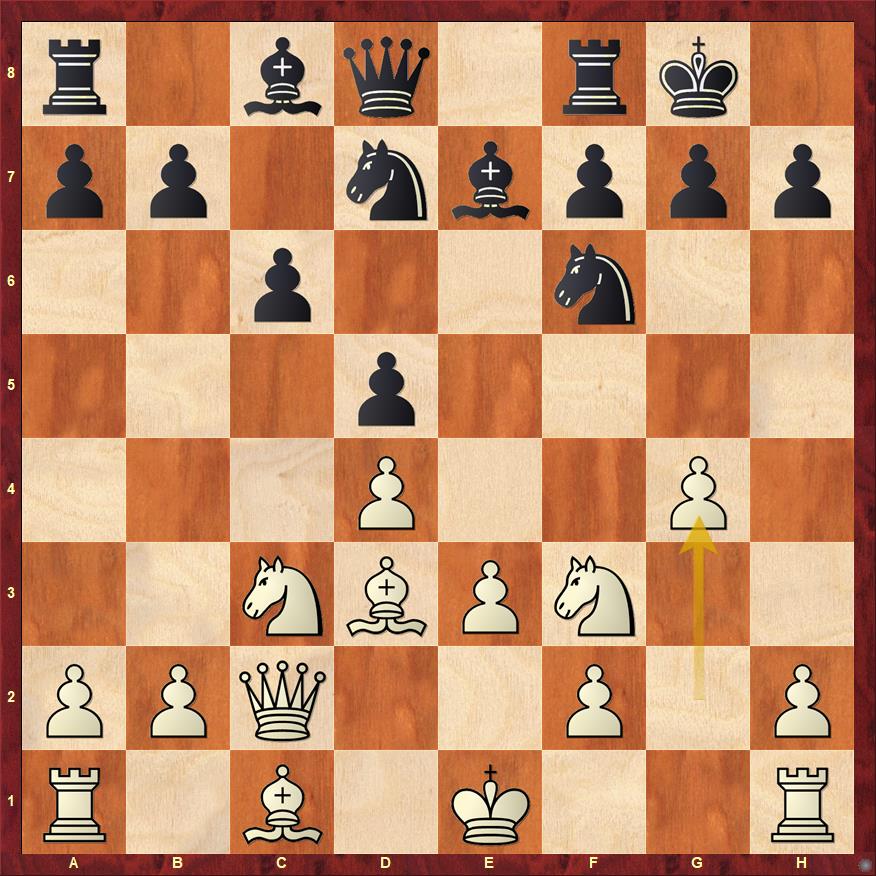
Ding Liren played the move g4!? The position and situation is similar to Radjabov vs Vidit. But what was different is Anand's handling of the position from the black side. It is clear that Vishy could not have prepared this position at home. It is a new idea by Ding. The way in which Anand dealt with this position, keeping in mind the famous rule "A flank attack should be countered by play in the centre", is something to learn from. Think for a few minutes and decide how would you tackle this position if you were Black before moving on to our round report where we dissect Anand's play.


The 4th Round of Shamkir 2019 witnessed some good defence on the part of the 1st player, a refreshing change after the first 3 rounds where for the majority White was the one pressing. Ding Liren came to the game in a fighting mood against Vishy Anand, and pushed his g-pawn forward in the style of Alpha Zero. However, Anand calmly declined the gambit, and in the game got an advantage rather easily. However, Ding defended tenaciously and managed to hold a draw. Elsewhere, David Navara had the biggest chance of the round as Black in a Ragozin Defence, as Shak managed to fight back after being dead lost for quite some time to ensure a hard fought draw. The other 3 games ended up in rather tame draws, but there were some finer nuances, as we shall soon see.

Ding Liren – Anand:
This was going to be an intriguing clash. Ding Liren has shown some amazing results since the past year and a half, steadily remaining above the 2800 mark and very rarely losing a game. Anand, on the other hand, has had quite the adventure here already – drawing a winning game, losing a drawn game and winning a lost game! The contrast in styles promised a fight, and that’s what it was!

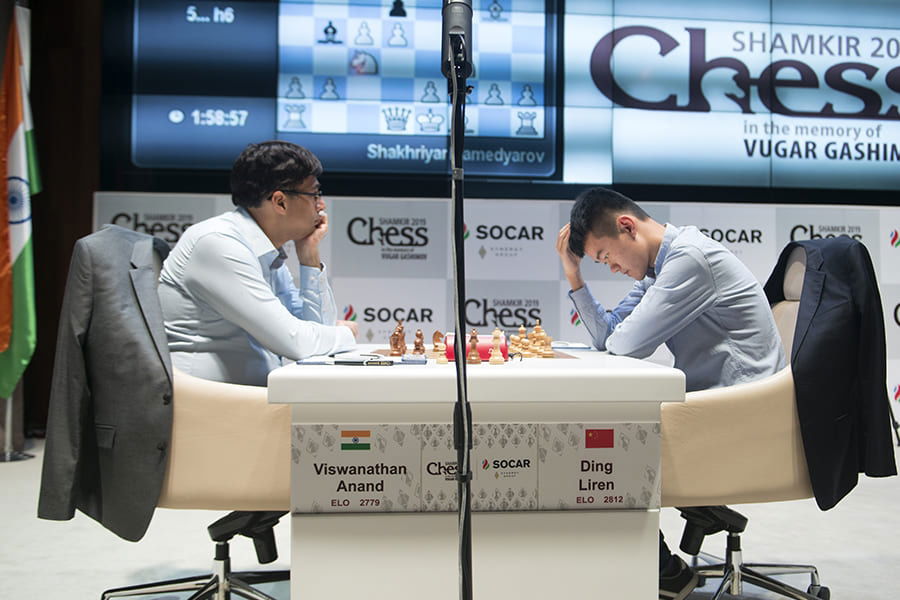
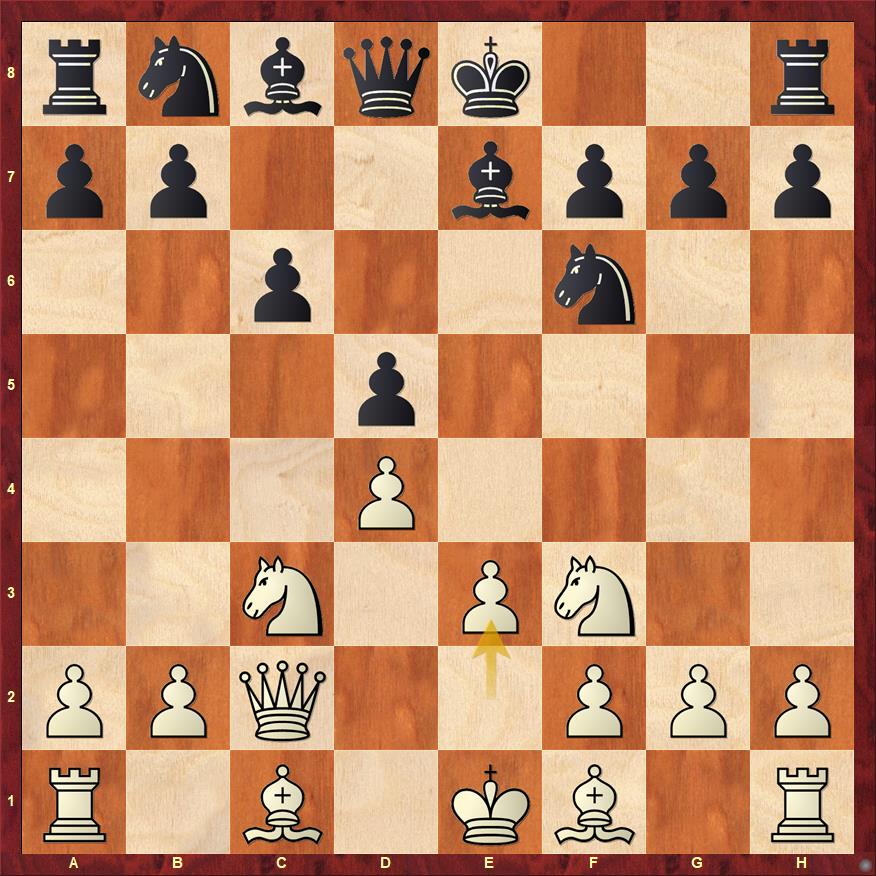

Surprise! Ding introduces complications with this thrust. g4 isn’t uncommon in 1.d4 d5 openings, which are usually known for their central stability, thus allowing for such seemingly wild moves. Ding must have seen some Alpha Zero games in such positions. The AI was known for offering a pawn to quickly open a file and a diagonal against the opponent’s king. While Stockfish greedily grabbed the pawn and got crushed, Vishy knows better, and in the following moves, endeavours to quickly generate counterplay.
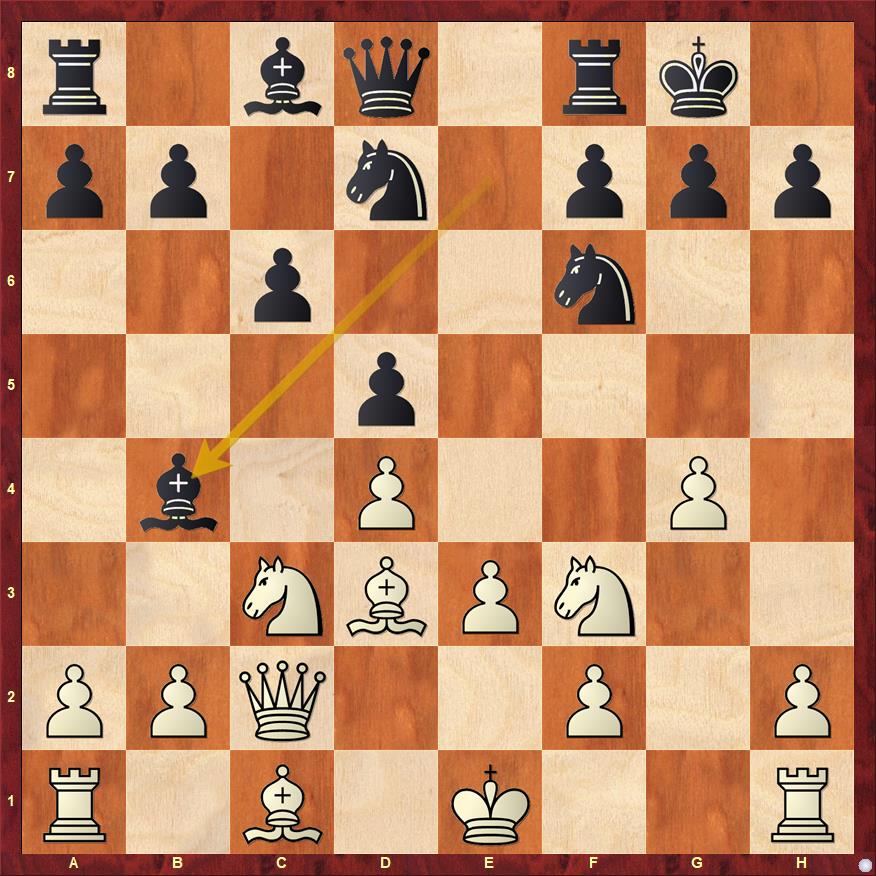
Bb4 followed by Qe7! is an important improvement by Anand. Such moves can easily be criticized for not following opening fundamentals – develop your major pieces after the minor pieces occupy good squares. However, there is a concrete reason behind Anand’s decision. By not taking the g4 pawn, Ding’s pawn thrust is made to look more like a weakening of his position, than aggression against the opponent king. Now, Anand hopes to neutralize pressure along the b1-h7 diagonal by playing Bxc3 followed by Ne4, gaining a foothold in the centre and starting counterplay against White’s king. Ding allows this in the game and quickly gets a slightly worse position.
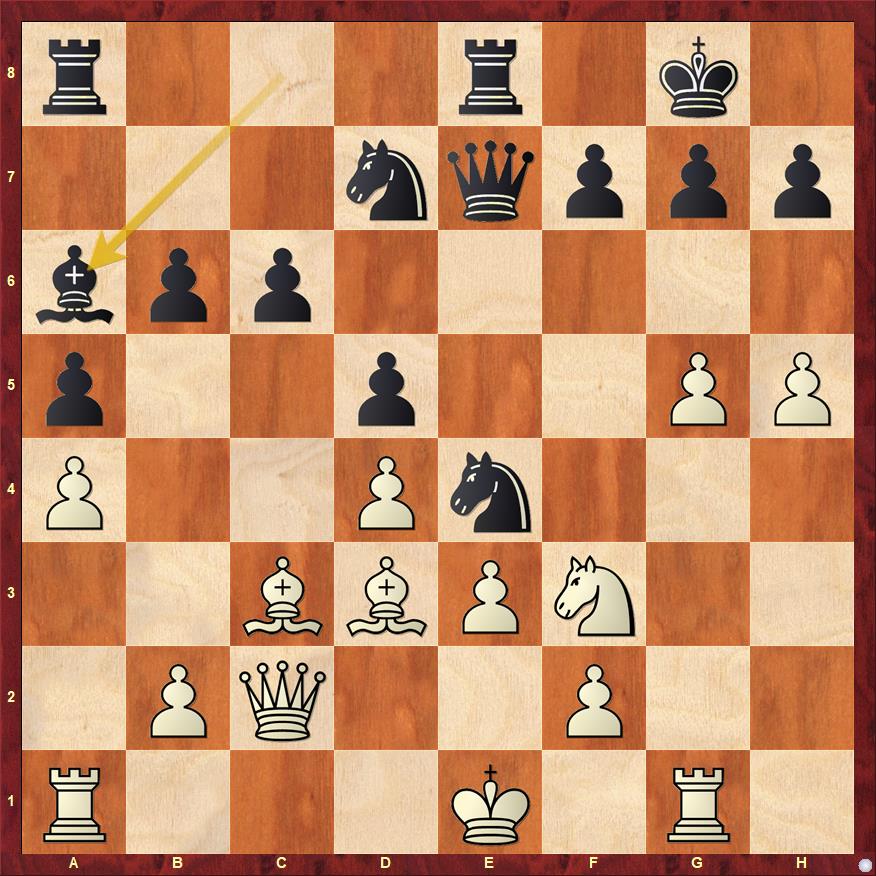
Ba6! is another important move, exchanging the powerful light squared bishop before it can wreak havoc in Black’s position. White’s pawn storm looks menacing, but without the light squared bishops on the board, it becomes a lot weaker. Ding doesn’t oblige to Bxa6 here, and instead exchanges Bishop for knight, thus leaving himself with a central space disadvantage and the worse bishop, but keeping hopes alive of eventually getting to the opponent’s king. As the game progresses, this practical decision is eventually proved correct. In the ensuing opposite coloured bishop middlegame though, Black calls all the shots, for the moment at least.
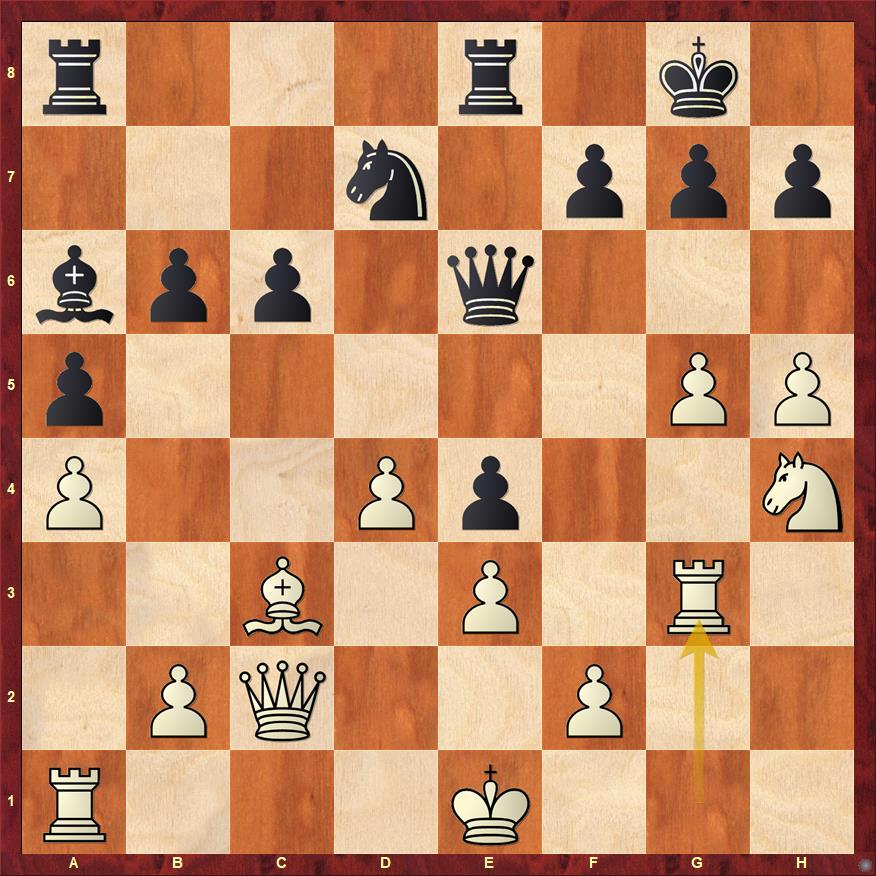
The culmination of the strategic battle. Anand played the most natural move in the position, Bd3!?, getting the bishop closer to White’s king with tempo. However, while such a move is usually good, Anand had something a lot better here. Rad8! Centralizes the last piece. The point? That after a neutral move like b3, trying to prevent Black’s queen from becoming too active, Black has the powerful thrust c5!, which is as antipositional as it looks – he voluntarily opens up the bishop’s long diagonal! But, the computer’s idea here makes sense after a few moves. Let's check the variation c5 Rd1 cxd4 Bxd4 Ne5!
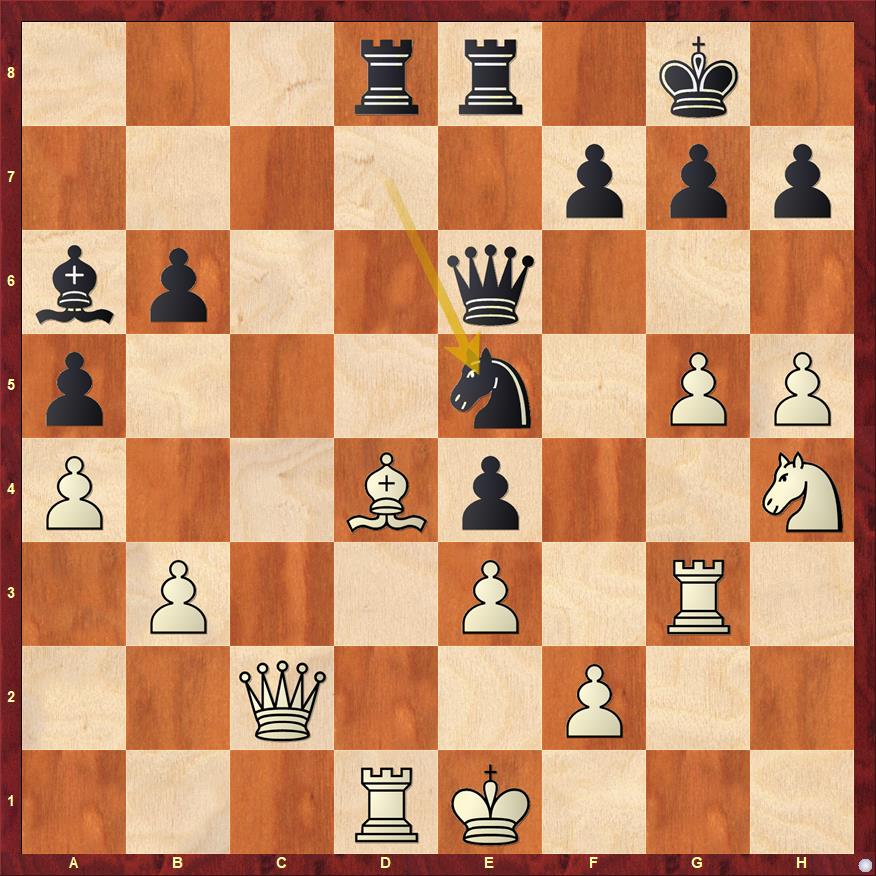
Here the truth finally sinks in – Black wants to establish a knight on d3, not the bishop! The octopus on d3 will suffocate the enemy king, so white has to take on e5 here, thus ensuring that the newly opened long diagonal can’t be used to attack Black. Black is actually winning here, due to White’s hanging pawns and badly placed pieces. A fantastic concept by the engine, and one worth remembering for any future game that we might play.
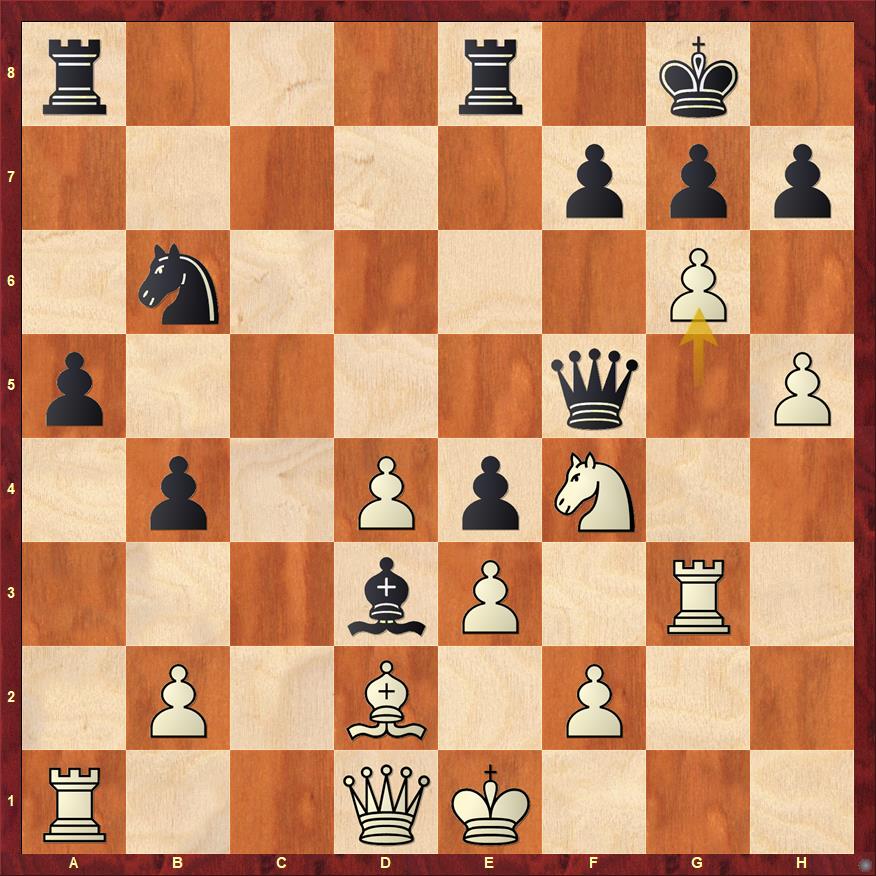
Ding took his chance here with g6!, generating counterplay at last. Now Black’s advantage is rather of an academic nature, and Vishy continued to press for a while, but Ding defends accurately from here, first exchanging queens to reduce Black’s attacking force, and then further reducing the brunt of Black’s attack at the cost of a passed pawn for Black on d3. Anand decided to take the draw in a few more moves, but I want to share one last critical moment here.
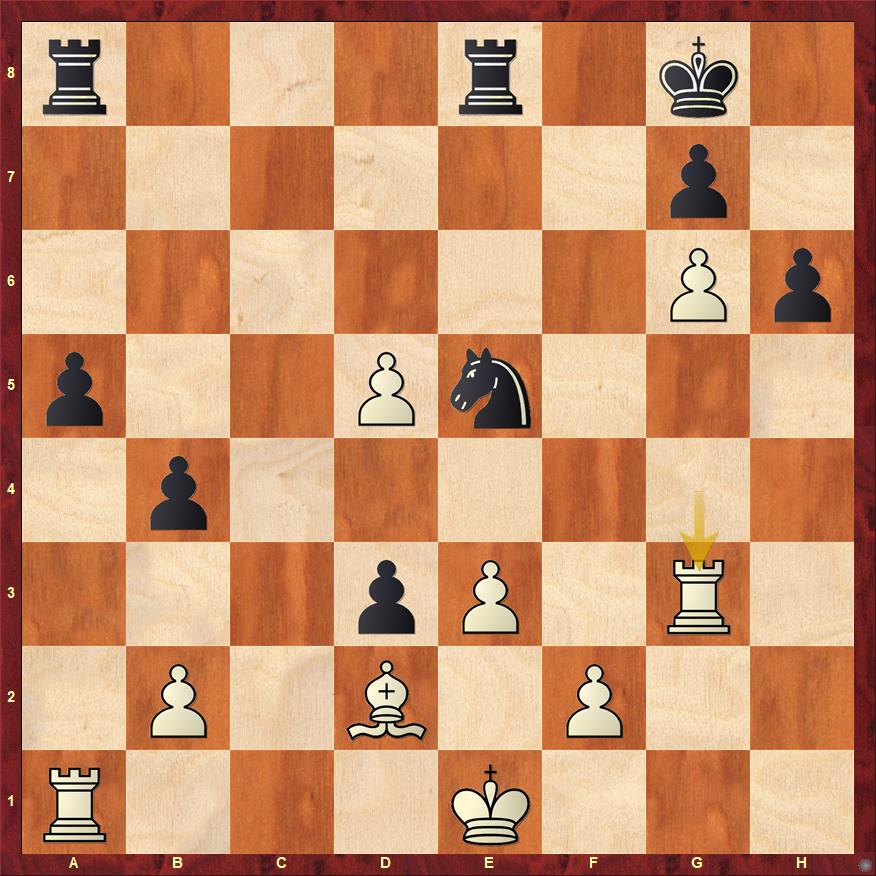
Here both players played out the threefold repetition Nc4 Rg4 Ne5 Rg3. But at any rate, Black could have still played on here, with a resource suggested by all my engines – h5! After Rh3 h4 White can’t take the pawn due to the fork on f3, and Black can play on here, eventually winning a pawn due to white’s lack of co-ordination. At the top level White could hold out in the end, but accurate play is demanded of him to make a draw.
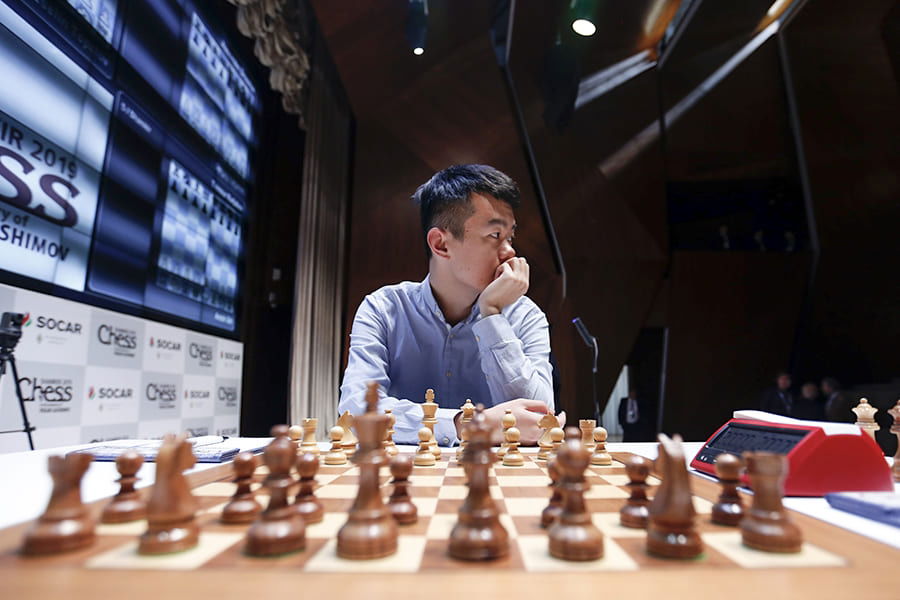

Mamedyarov – Navara:
The clash between two players at -1 promised to be a fight to the death, as both of them were looking to win to get back to 50%. In a sharp Ragozin, it was Navara that soon took over, taking Shak’s slightly dubious pawn sacrifice and successfully consolidating.


Mamedyarov vs Navara
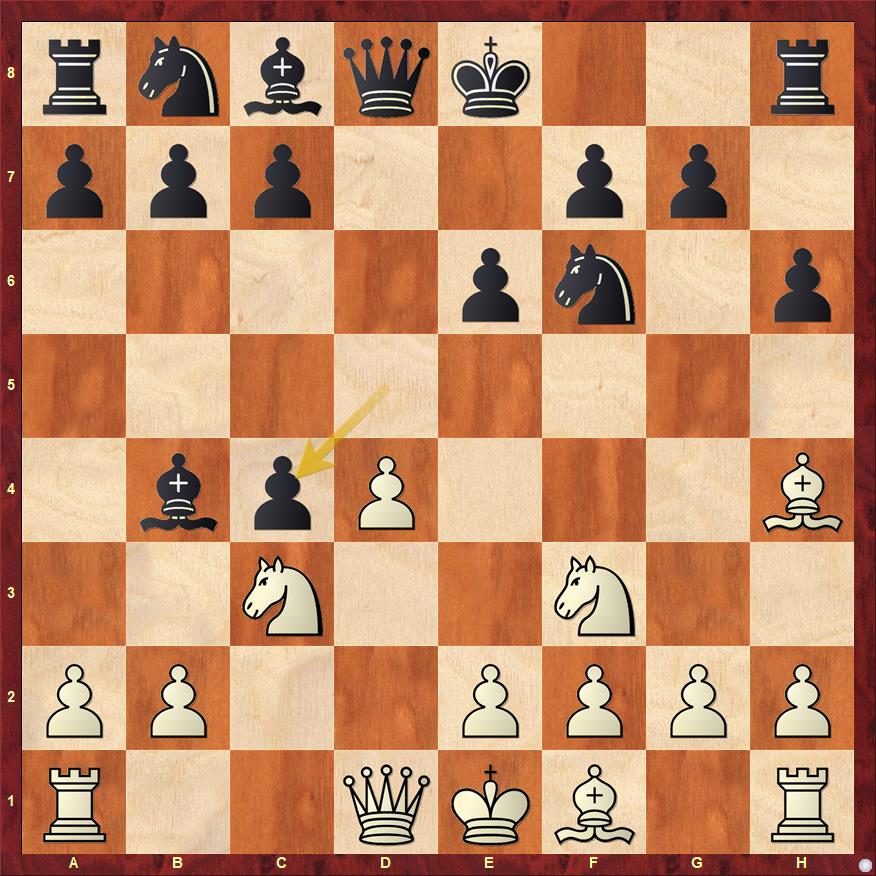
Against the Ragozin Defence, Mamedyarov repeats the gambit line he played against Vidit Gujrathi at the Tata Steel 2019. I don’t want to comment too much on the opening as I am not a 1.d4 player, but intuition suggests based on the further course of the game that White doesn’t receive enough compensation for the pawn to claim a good opening advantage. An interesting try nonetheless, and I will be happy to be proven wrong if Shak comes up with an improvement in any of his upcoming games.

White has played logically, regaining the pawn and claiming a small advantage due to the bishop pair and the better-posted pieces. However, Shak’s next move was a surprise to me. Instead of the natural move Bg3, he sacrificed a pawn here with f3!? A fascinating decision, fully in Shak’s dynamic style, but perhaps not the best.

Navara has carried out a successful exchanging operation in the preceding moves and will emerge from the complications a clear pawn up. Shak’s decision here, Qxf6, was another unpleasant surprise. e4!? was better and after Qxf2+ Kxf2 White has definite compensation for the pawn in view of his central control and better king. This should be enough to hold the balance. Now however, Navara’s subsequent play is so precise that he gets a better position almost by force.
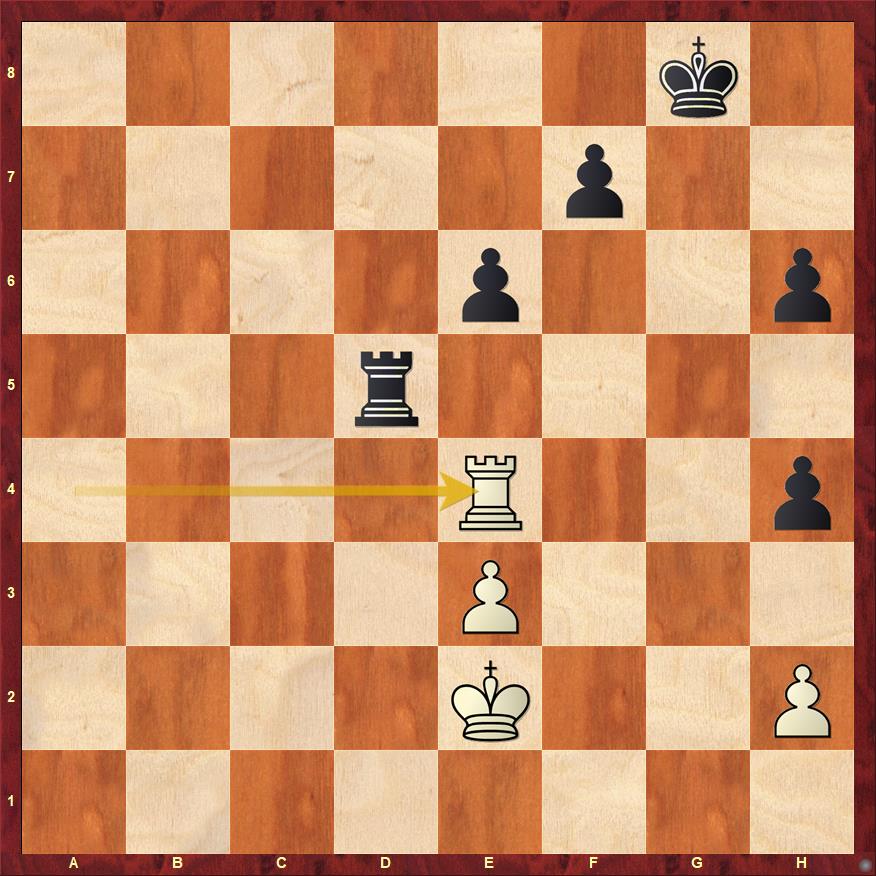
This endgame was reached almost by force. Black’s two extra pawns will be reduced to one, and one might feel that Shak is already out of jail here, considering the low winning chances offered by a rook endgame. However, h3! by Navara changes such an assessment. White rook will have to spend quite a bit of time to win the h3 pawn. It is clear that Black will press here for a long time. Such a move by a top player has to be taken note of, as such a nuance is missing from an amateur’s game. A slight change of White’s rook position might make a big difference to the evaluation of a line after a few moves. Here Black gains an important tempo to bring his king up the board.
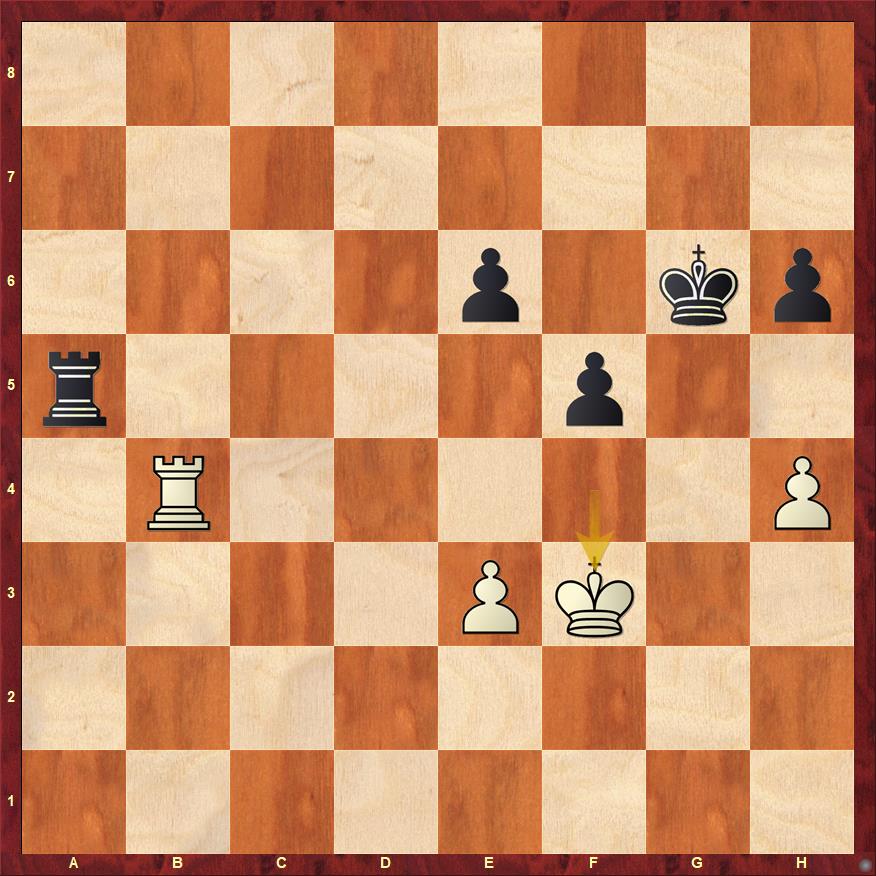
Shak has defended excellently to this point, but David still hasn’t lost the winning advantage here. He had to play Ra3! Keeping the e3 pawn in check and allowing the slow march of the central pawns. Such plans take time, but Black should see the finish line sooner rather than later. Instead Kh5!? As played by David in the game was more interesting than correct, and took the game into a pawn race where accurate calculation was demanded, and that’s not something one can do right after 5+ hours.

Shak’s last move Kg1-h1? was an unfortunate blunder. Kf1 was a draw. After Kh1, David played Rg7?! an imperceptible error, resulting in a draw! Why is the move a mistake compared to Rg8!, which wins easily? The answer lies in the one extra tempo White has to spend to chase the rook away. Such a move is literally impossible to see in little time in such an exhausted state. But once seen, the idea makes a lot of sense. The king comes back in time to control the pawns and Black wins easily. This rook endgame can be used as a good calculation exercise, and as the game shows, such slight nuances like the placement of rook on g8 instead of g7 radically alter the assessment. Endgames are much more complex than we all generally think! An enthralling game with a superb finish!
Topalov – Carlsen:

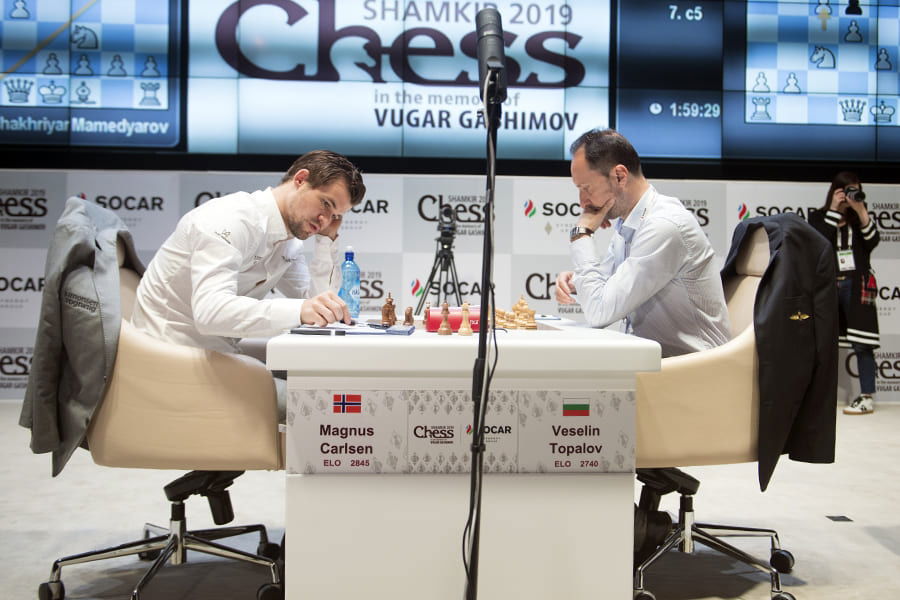
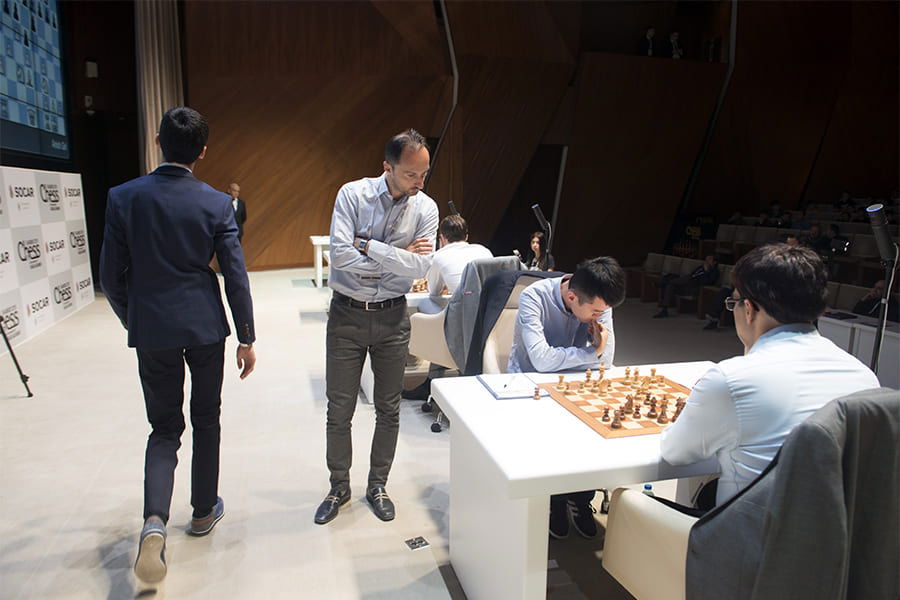
Another Ragozin, this time a different variation (cxd5 on the 5th move by White) lead to equal middlegame where Veselin played accurately to pocket a pawn. The downside though, that by the time he had won it, Magnus had simplified the position to an ending of double rooks. A draw was the natural result, after forced play resulted in a 3 vs 3 rook endgame. There was one interesting moment though.
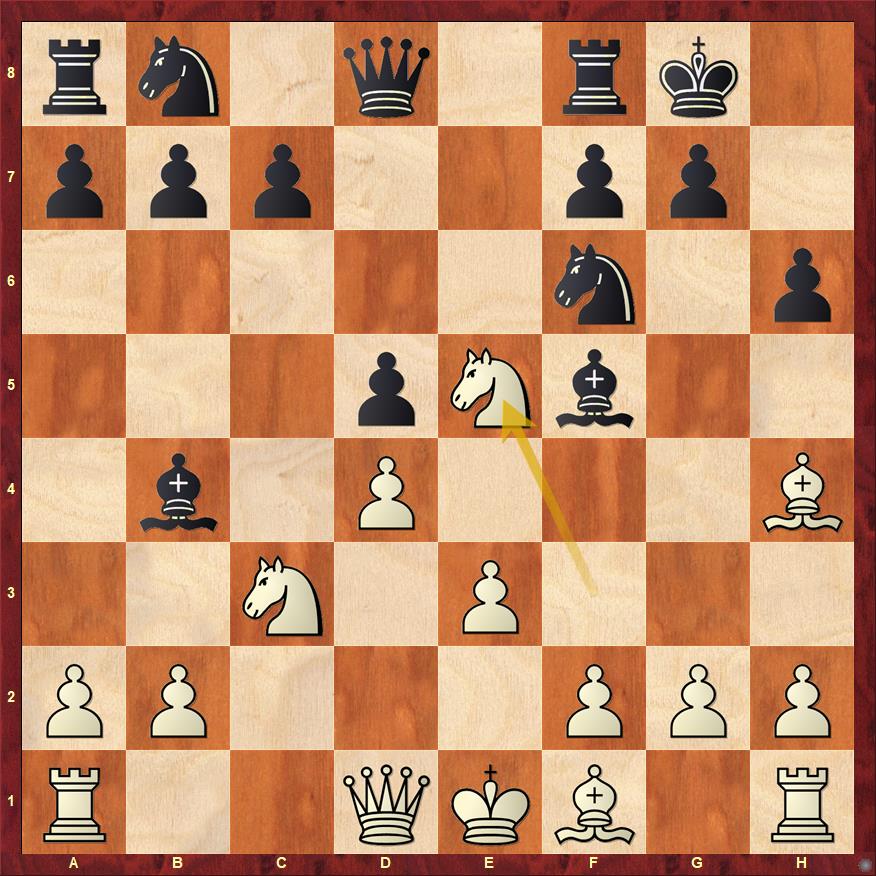
9…c5 was played here by Magnus, leading to rapid simplification and a draw after move 36. Instead, I expected g5!? From the tournament leader here, leading to more complex play. This move was already tried in Jan this year, and Black got a complex position where his chances aren’t worse. Let’s hope that Magnus chooses this move the next time he goes for this position, as that leads to more of a fistfight.
Karjakin-Grischuk:

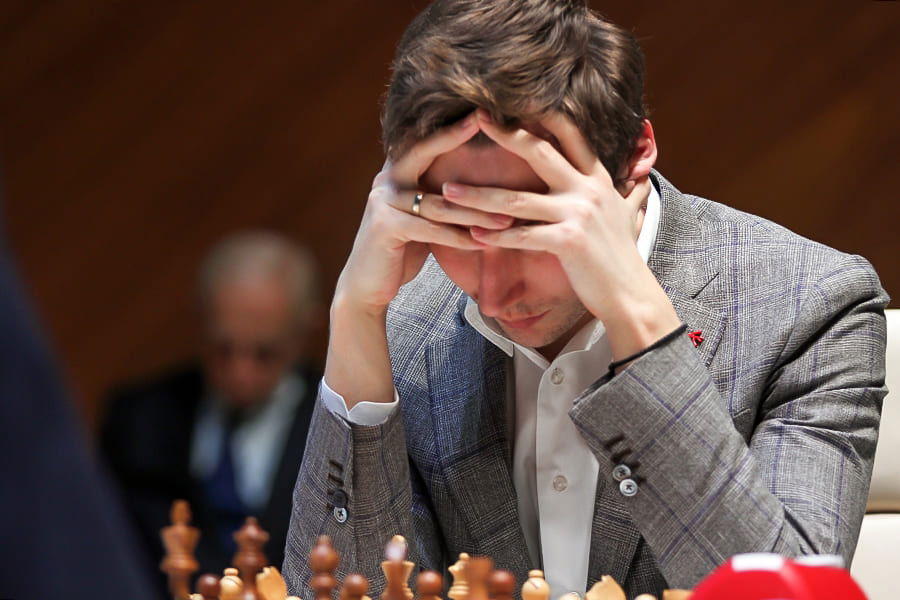
This was a fianchetto Grunfeld, where White started 1.Nf3, and soon transposed to the main lines. The game was much more interesting than the previous one. Alas, due to the dearth of good engines, forcing draws are found in complex positions, and that’s precisely what Grischuk did in his game. A closer look at one of the critical moments just after the opening.
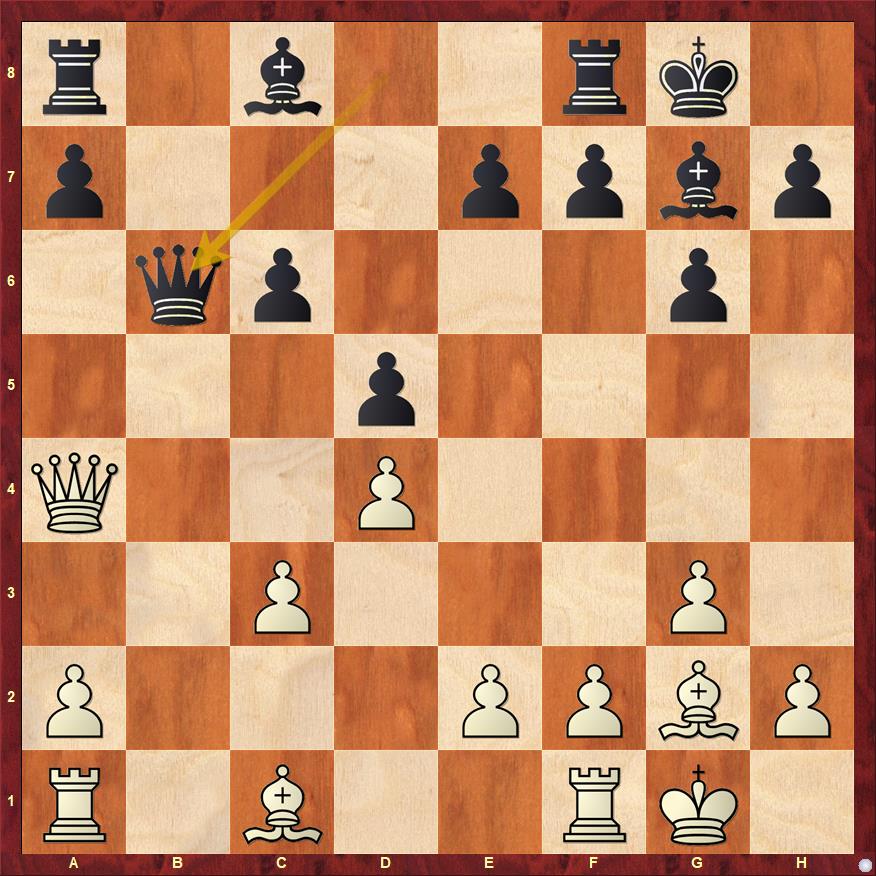
Both players are following Dubov-Nepomniachtchi, and Sergey deviated here with 13.e4. I am not a huge fan of his attempted improvement here, as this causes Black to initiate a vacuuming operation leading to a quick draw. The move played by Dubov – Ba3!? should have been tried again. Sure, Black drew that game as well, but Daniil managed to maintain some tension for a long time, and it is very clear to me that Black can’t swap pieces as he pleases in that line.
Nick Pert covers this opening line in his repertoire DVD for white. You can check it out here:
Giri – Radjabov:

The game started off as a 5.Bf4 QGD, one of the main tries for White at the top. Teimour ventured for 6…Nbd7 instead of Anand’s drawing weapon 6…c5!. Giri immediately capitalized by pushing c5 himself, and Teimour immediately exchanged the dangerous dark squared bishop with Nh5, avoiding the line that Carlsen used against Anand in the 3rd Game in their world Championship match, the only win for Vishy in that match. This improvement meant that though the players reached the same structure as in the aforementioned game, the absence of Giri’s dark square bishop meant that he was unable to implement Anand’s plan in that game. There were mass exchanges, and a draw soon followed. Anish had one chance to change the narrative though.
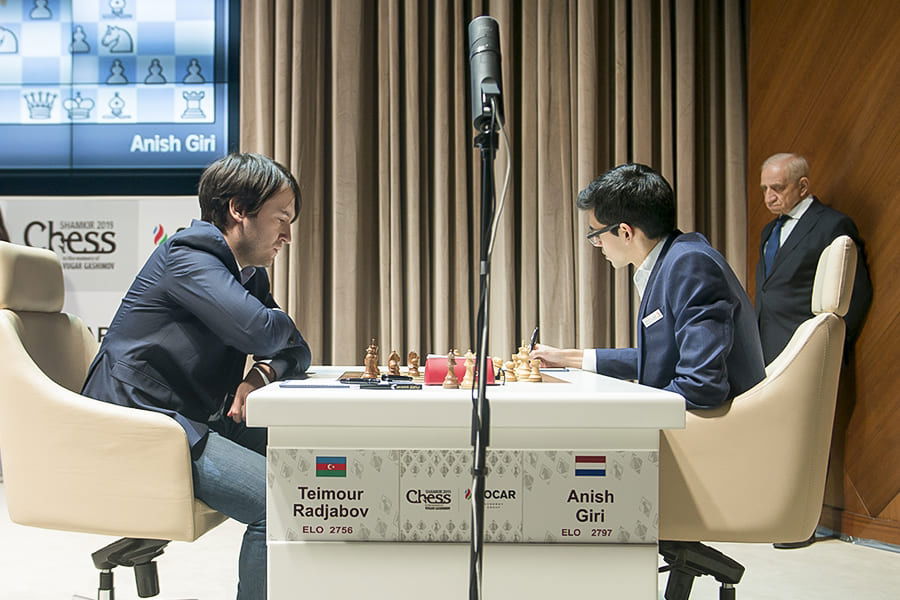
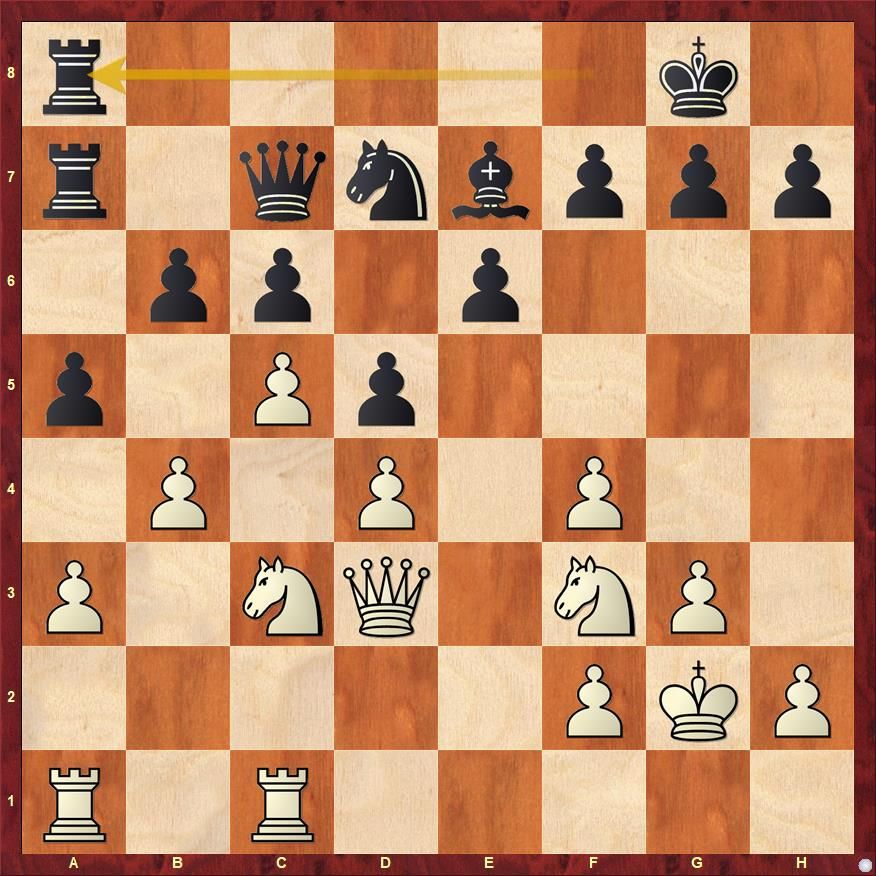
Giri had the chance to go for the maximalist cxb6!? here, keeping the a-file closed after Qxb6 b5! Sure, White’s advantage is minimal here, but this was the most ambitious try. Black’s rooks looked quite irritating as long as Black threatened to open the a-file, but now they look clueless. White has a space advantage, and chances for kingside play with Ne5, g4 and f5, or a direct f5. Black can probably neutralize it with accurate play, but he is made to suffer for longer, and the chances of a mistake do increase the longer the game goes.













